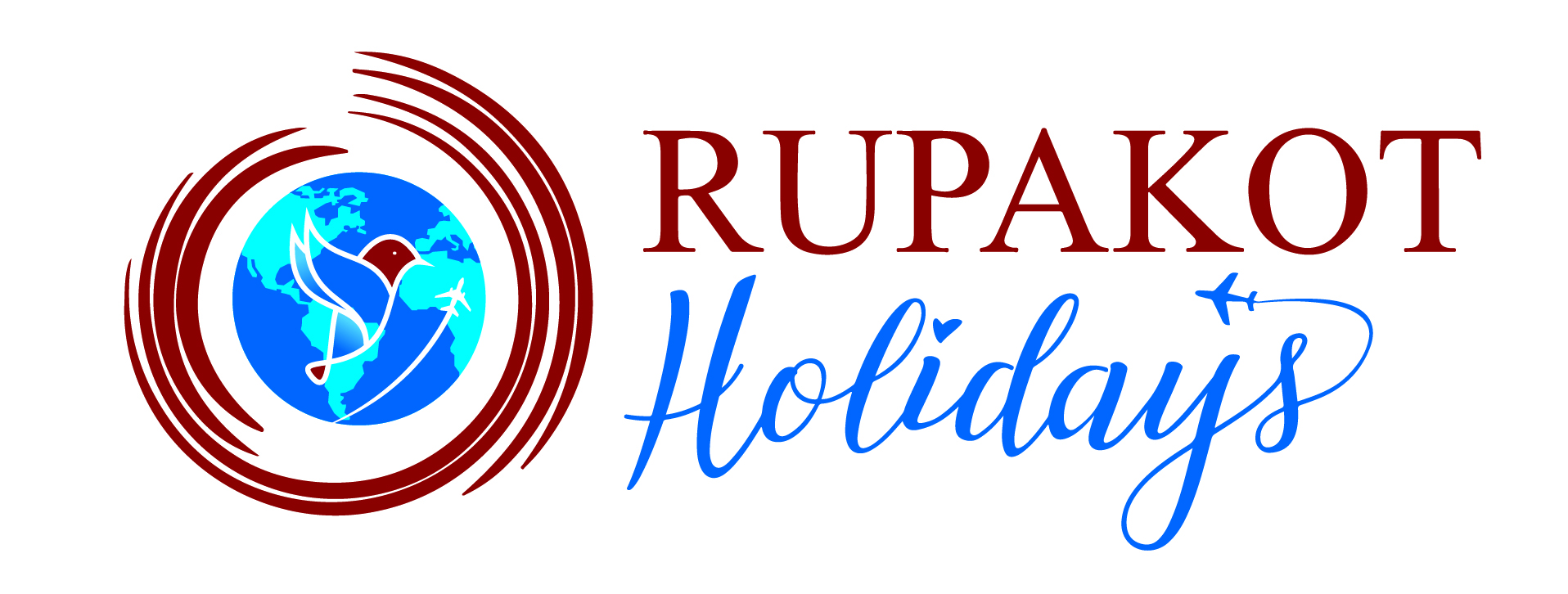General Information
At a Glance:
- Location: Nepal is situated between the Tibet Autonomous Region of China to the north and India to the east, south, and west.
- Area: 147,181 sq. kilometers (56,827 sq. miles)
- Altitude: Ranges from 70 meters (230 feet) to 8,848 meters (29,029 feet)
- Capital: Kathmandu
- Population: Over 28 million
- Language: The official language is Nepali, though English is also understood and spoken by some.
- Religion: Predominantly Hinduism and Buddhism, with communities practicing Christianity, Islam, and other faiths.
- Time Zone: Nepal Time (NPT) is GMT +5:45.
Geography
Nepal is a landlocked country bordered by Tibet (China) to the north and India to the south, east, and west. It extends approximately 880 km (550 miles) in length and 240 km (150 miles) in width. The country is divided into three main geographical regions:
- Himalayan Region: Home to eight of the world’s ten highest peaks, including Mt. Everest (8,848 m/29,029 ft).
- Mountainous (Hill) Region: Consists of valleys and hilly terrain.
- Terai Region: The southernmost and narrowest region, consisting of fertile plains and wildlife-rich jungles.
Climate
Nepal’s diverse climate makes it a year-round destination. The best seasons for trekking are autumn (September-November) and spring (March-May).
Seasons Overview:
- Autumn (September – November): Clear skies, mild temperatures, and breathtaking mountain views.
- Winter (December – February): Cool and dry, with snow in high-altitude areas.
- Spring (March – May): Warm with occasional rain; vibrant wildflowers in bloom.
- Monsoon (June – September): Hot and humid with frequent rain showers, making trekking difficult except in rain-shadow areas like Mustang and Dolpo.
For updated weather conditions, visit: Department of Hydrology & Meteorology.
Travel Information
Clothing Recommendations:
- November – February: Warm clothing is necessary due to cold temperatures.
- March – October: Lightweight and tropical wear is suitable.
Currency & Banking:
- Currency: Nepalese Rupee (NPR) – subdivided into 100 Paisa.
- Common Banknotes: 1, 2, 5, 10, 20, 50, 100, 500, and 1,000 NPR.
- Currency Exchange: Available at authorized banks and exchange counters.
- Credit Cards: Widely accepted in major hotels, travel agencies, and shops.
- ATMs: Available in urban areas; international cards are accepted.
Communication & Connectivity:
- Telephone & Mobile Services: Provided by Nepal Telecommunications Corporation (NTC) and Ncell.
- Internet: Available in hotels, cafes, and restaurants.
Electricity:
- Voltage: 220V, 50Hz.
- Power Outages: May occur in remote areas; many hotels provide backup power.
Local Customs & Practical Information
- Official Weekly Holiday: Saturday.
- Museum Closures: Closed on Tuesdays and government holidays.
- Working Hours: 10:00 AM – 5:00 PM.
Health & Safety:
- Vaccinations: No mandatory vaccines, but travelers should consider vaccinations for typhoid, hepatitis, and tetanus.
- Water Safety: Drink bottled or purified water.
Religion & Language:
- Nepal was declared a secular country in 2006.
- Major religions: Hinduism, Buddhism, Islam, Christianity.
- Languages: Nepali (official); English is widely spoken in the tourism sector. Nepal has over 123 spoken languages.
Best Time to Visit Nepal
- For trekking: Autumn (Sept–Nov) & Spring (March–May).
- For cultural experiences: Festivals like Dashain, Tihar, and Holi.
- For wildlife exploration: Winter (Dec–Feb) is best for spotting rhinos and tigers in Chitwan and Bardia National Parks.
Nepal offers a unique blend of natural beauty, adventure, and cultural heritage, making it a must-visit destination for travelers worldwide!
